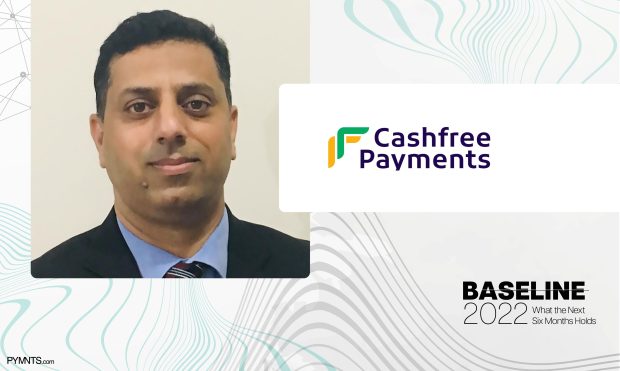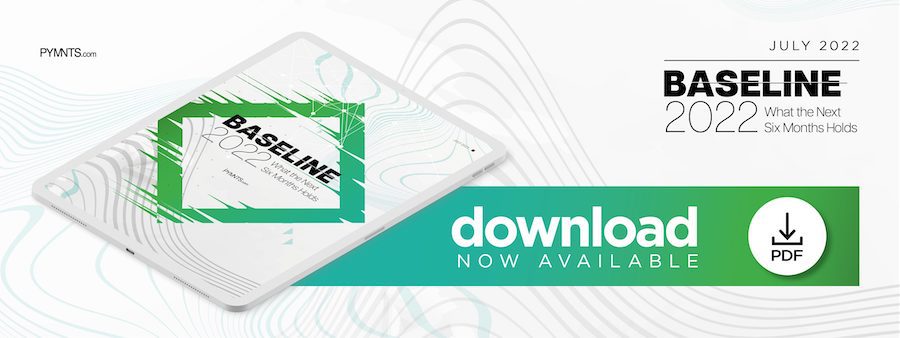Payments Space Supports Growth With Innovation

Arun Tikoo, senior VP, Business and Strategy at Cashfree Payments, explores six payments trends fueling eCommerce innovation in the PYMNTS eBook “Baseline 2022: What the Next Six Months Holds.”
If the year 2021 was the year of transition for the payments industry, the year 2022 has been the year of volatility. The current year has seen the clash in Ukraine causing flight disruptions, which has inversely impacted the eCommerce industry where issues have ranged from supply chain to logistics to financial dynamics. If anything, the last few months have proven that the payments industry (the backbone of eCommerce) must always be at the cutting edge. As digital payments grow phenomenally in volume and popularity, let us explore the payment trends that are expected to fuel innovation in the eCommerce and payments space in 2022.
Buy now, pay later (BNPL): BNPL has already taken the eCommerce industry by storm, as it is a kind of short-term financing that allows consumers to pay for purchases in interest-free installments. This leads to increased affordability. As an increasing number of debt-averse consumers become aware of the advantages of BNPL, its adoption is only expected to rise.
Banking-as-a-Service (BaaS): BaaS allows democratization of financial services by rethinking banking from scratch. Non-banks or virtual banks can link themselves with a bank’s system via application programming interfaces (APIs), enabling these non-banks to become providers of the whole range of banking products. The collaboration between banks and FinTechs allows reconsideration of banking basics such as physical bank branches, wet signatures on application forms, plastic cards and passbooks, among other things.
Cross-border payments: Cross-border payments, where the payer and the payee are in separate countries, are expected to grow exponentially in the next 10 years. Currently, the landscape of global payments is built on a complex system riddled with various checkpoints and verifications at multiple levels, making it burdensome and costly for both individuals and financial institutions. As India becomes increasingly important to global commerce, innovations in cross-border payments will become an important part of the system.
UPI: Unified Payments Interface (UPI) is a payment system that allows users to link their bank account to a single smartphone app and make real-time financial transfers through this app, without having to share an IFSC code or account number. An innovation that started in India, UPI is close to becoming a global phenomenon with multi-country partnerships.
Embedded payments: The integration of financial products into non-financial platforms’ transactional flow will continue to trend as embedded payment options add convenience and speed to the payments process. Modern consumers insist on frictionless payments that utilize various devices, from wallets to wearables, and embedded payments can help financial players meet this demand.
Digital wallets: With the massive shift from card-based to account and QR code-based transactions, digital wallets will account for more than half of all eCommerce payments worldwide. It does not require a physical bank account and can store all payment information safely. This is made possible with Near Field Communication (NFC), a technology that allows devices in close proximity to converse and share data. There is no denying that the digital wallet space is expected to grow at a rapid rate.
The shift to a cashless society and the evolution of the payments ecosystem has created an opportunity for the payments industry to take the lead. While the top 2022 trends, such as industry players seeking economies of scale, consolidations, and non-banks exploring new territories emerge, it will be interesting to see the new trends emerge globally that might open a new chapter in the current payments landscape.

